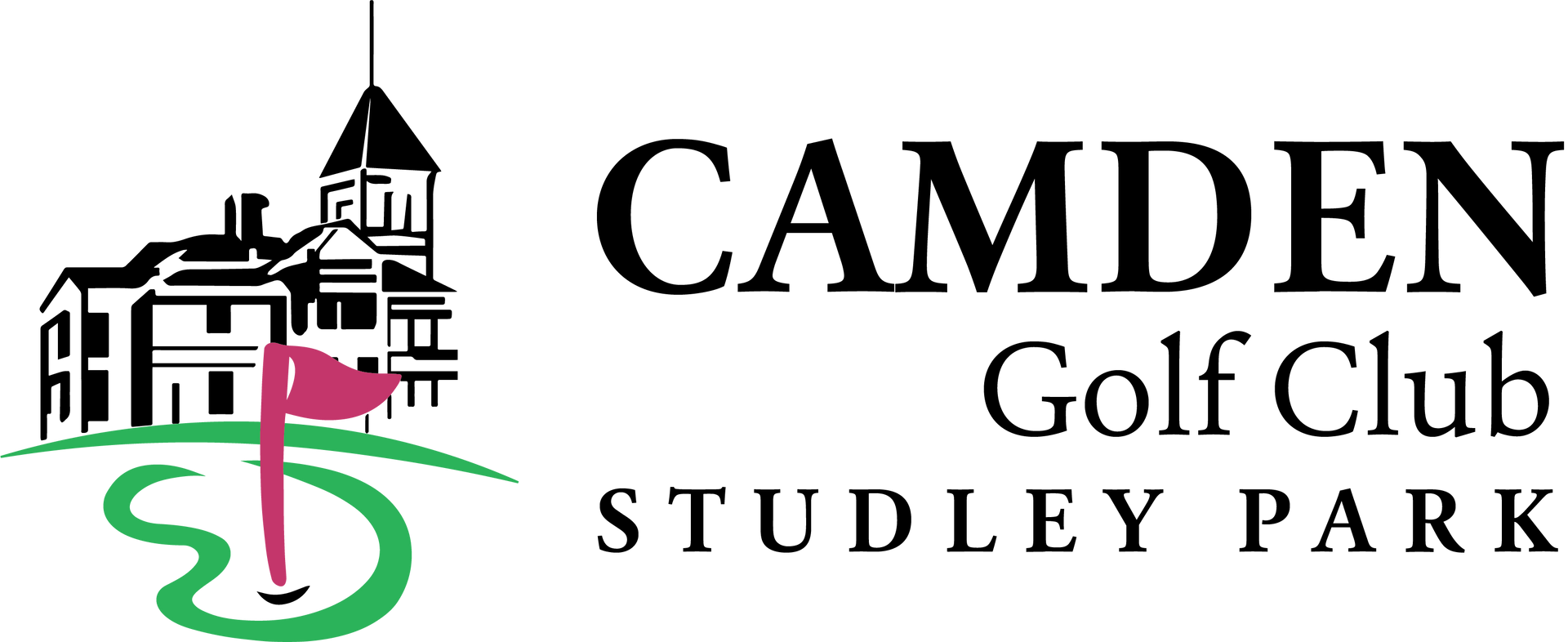WHO IS ERIC APPERLY?
Son of the AMP Society’s Secretary, Eric Apperly grew up in what could only be considered affluent circumstances in Sydney society. Educated at the University of Sydney, obtaining an Architecture degree, he not only designed buildings, but also golf courses. As such, he was likely the first trained design professional in Australia to engage in golf course design. Others, such as civil engineer Alex Russell, soon followed in his footsteps.
EARLY DAYS AND GOLFING SUCCESS
Eric’s father Henry Wellstead Apperly, was born in Melbourne and his mother was Alice Langton Apperly. Henry became the Secretary of the AMP Society – one of the largest insurance companies in the country. Born on 16th September 1889 in Sydney, Eric Langton Apperly was known as the ‘boy champion’ in his early golfing years. He reportedly took up the game to improve his delicate health, and at the age of 16, the young fellow described as “a sickly boy”, made the final of the 1907 NSW Amateur Championship, only to lose on the 37th. A tall and gangly individual, he went on to win five NSW Amateur Championships whilst a member of Killara Golf Club and later Manly Golf Club, the first in 1912 and the last in 1930.
Apperly’s most famous victory came in 1920 as the first New South Welshman to win the Australian Amateur Championship, defeating Tommy Howard 4 and 3 at The Australian. Apperly also won the 1921 Australian Foursomes Championship. He was selected in the NSW state team in 1906 – and was still there over 20 years later – a remarkable feat of longevity.
The Sydney Mail described Apperly’s technique as “unorthodox, looking at times almost clumsy”, but added ”he gets results and as a fighter he knows no equal.” Jack Pollard wrote in his book Australian Golf – the Game and the Players that: “Apperly’s game looked undistinguished but he hit most of his shots straight, if not in copybook fashion, and he was a relentless fighter. He was chosen to play for Australia against Great Britain in 1934 at the age of 45, but it will be for his work as a golf course architect that he will be remembered…”
Eric married Marjorie Audet in 1923 and they had one child, a son Richard Eric Apperly, who was born in Sydney in 1925. He too became an architect. Richard married Myrna Hirsch in 1957 and they had three sons – all born in Sydney.
WRITINGS AND OPINIONS
In October 1933, Apperly wrote extensively on golf course architecture in Golf Australia magazine: “My Conception of a Good Golf Hole. In my opinion, a hole is a good one if it calls for nicety of judgement, careful thought as to the direction and placing of the strokes or particular skill and variety of their execution, no matter what the length or the par may be.”
He went on to say: In this short article on Golf Architecture I had intended to pick out one or two of my favourite holes on our Sydney courses and to say why I considered them good. It struck me however, that before being so it might be as well to try and get a clear view of what constitutes a good hole. It is certainly a subject on which there is much room for difference of opinion, as one will not infrequently hear the favourite of one good player roundly condemned by another, and each will advance arguments in favour of his view.
A good deal depends on the player’s attitude of mind to the game itself; some would have it a game of strict justice, where punishment is meted out to the erring strictly according to the extent of their sin, whilst the good are never troubled.
To such I would say, why not decide your competitions by competitive examination, awarding marks for length and accuracy over a series of tests with the various clubs? Such a method should undoubtedly be more successful in unearthing the best stroke maker, but golf would assuredly cease to be a game.
In order to retain its fascination, golf must ask for something more than mere mechanical accuracy in stroke production, the spirit of adventure must be fostered; the player’s character and judgement should be tested; he should be required to know himself and play accordingly.
In these days, too, when many players are so mechanically accurate in the ordinary straight-ahead shots, it seems to me quite fair that some special stroke should occasionally be called for, and that the player capable of producing it should have some advantage.
For instance, a fairway sloping sideways, where only a slice or draw can expect to hold it, is quite a legitimate test for players who aspire to championships, and in addition it adds variety and makes for greater interest.
The best holes, however, whilst providing plenty of thrills and interest for the expert, should not be made impossible of accomplishment in reasonable figures by the shorter hitter who can command reasonable accuracy. A way round, or a shorter carry, should be provided for him, provided of course that he must be reconciled to taking one stroke more to reach the green.
Finally, I would ask players, when estimating the quality of a hole, to banish par from their minds. In my opinion, a hole is a good one if it calls for nicety of judgement, careful thought as to the direction and placing of the strokes, or particular skill and variety in their execution, no matter what the length or the par may be.
To say that a hole of 248 yards in length is bad because it is too easy for a par 4, is surely absurd, if the tee is put forward five yards does it therefore become a good hole because it is now a difficult par 3? The addition or subtraction of a yard or two cannot have much effect on the merits of the hole as a test of golf, surely!
Players who argue on the par basis forget that it is only an arbitrary method of estimating the playing value of the course as a whole, and that every round of eighteen holes is bound to contain some easy and some difficult pars. And it is not always the difficult pars that are the best golfing holes!
A hole should never be lengthened or shortened with the sole object of altering the par; the testing qualities or interest of the hole should alone be considered.
Many of the most exacting holes for class players nowadays are from 450 to 480 yards in length. Easy par figures they may be, but they are the holes where long and accurate players look to gain a stroke on less skilful or powerful opponents by getting fours.
Holes of less length rarely require an approach with the brassie or spoon (amongst the prettiest strokes of the game) from such long hitters as Hattersley, Williams or Ferrier, who are surely entitled to some advantage for their long hitting.”
ARCHITECTURE AND GOLF ARCHITECTURE
A qualified architect, Eric Apperly was a partner in the architectural practice of Wright and Apperly, Bond Street, Sydney. His first course design project was the Avondale Golf Club’s layout in 1926, and this was followed in the same year by the design of nine holes at the Studley Park estate in Camden, which later became the Camden Golf Club.
As a trained and practicing architect, it could be expected that Apperly would have translated his profession’s passion for thorough documentation into his new endeavour as a golf course architect. Al Howard, son of Tommy Howard, recalls that:
“One time NSW Amateur Champion Eric Apperly was our first golf course architect in that he practiced the profession of architect in both the office and on the golf course. His plan drawings of green reconstructions were works of art…”
Eric Apperly sadly passed away on 26 May 1951, aged 61, after collapsing in the Clubhouse of the Manly Golf Club, having just completed his final round. An apt end for a man who gave his heart to the game he loved.
Source: Golf Architecture
Written by:
John Scarth and Neil Crafter








